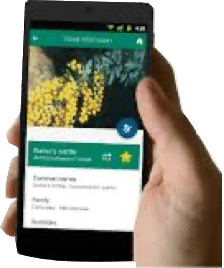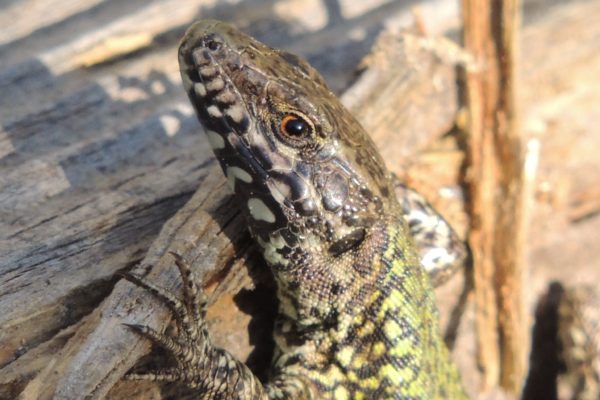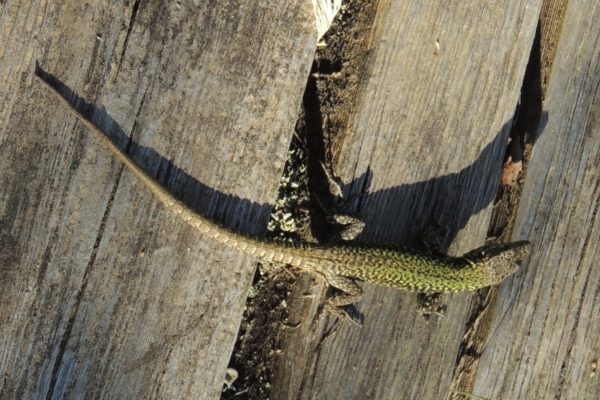European wall lizard
About This Species
European wall lizards (Common wall lizard) were introduced to Southern Vancouver Island from their native range of Europe in 1967 and have slowly been spreading since. Without human assistance, they typically spread at a rate of 100 m/year, so these lizards are thought to spread by hitchhiking on vehicles, shipments of produce and plants or released by people who keep them as pets.
European wall lizard are omnivorous, feeding on a variety of insects, spiders, and other invertebrates, as well as fruits. They can reproduce up to three times per year during the spring and summer, and females will lay 3-11 eggs each time. These eggs are carefully hidden under rocks or pieces of wood on the ground, where they incubate for up to a month before hatching.
European wall lizards can often be found basking on rocks or tree trunks in the full sun. They do well in areas modified by humans, like backyards, railways, and roadsides. They typically hibernate from November to March but may become active on sunny days. European wall lizard is designated as a Regional Containment/Control species by the BC Provincial Priority Invasive Species List.
How to Identify
European wall lizards grow up to 23 cm long, though size varies between the sexes, with female lizards being slightly smaller than males. They have brown backs covered with green splotches, and males have blue spots running down their sides. Their bellies are cream coloured with brown spots that fade towards the back of the lizard and become darker towards the throat. Their tail is twice as long as their body.
European wall lizards look similar to native Northwestern alligator lizards (Elgaria coerulea). European wall lizards have longer limbs and toes, and may have green or blue colouration, while Northwestern alligator lizards’ colouring is drabber.
Take Action
Do not possess, breed, release, sell, or transport live European wall lizards in BC. If you are travelling from an area where these lizards have established, check your vehicles, gear and equipment for hitchhikers. Be cautious in infested areas when moving things like potted plants, hay bales, gardening or farm equipment.
-
If you need advice about invasive species on your property or you are concerned about reported invasives in your local area, contact your local government or regional invasive species organization.

Don't Let It Loose
Learn about best practices
Invasive species are plants, animals or other organisms that are not native to BC, and have serious impacts on our environment, economy and society. Never release your plants and animals into the wild or dump aquariums or water garden debris into rivers, streams, lakes or storm sewers!
REPORT TO PROTECT BC’S BIODIVERSITY

Use the app
Observe and report to protect BC’s biodiversity

Report through this website
Use our form to tell us what you’re seeing and where.





